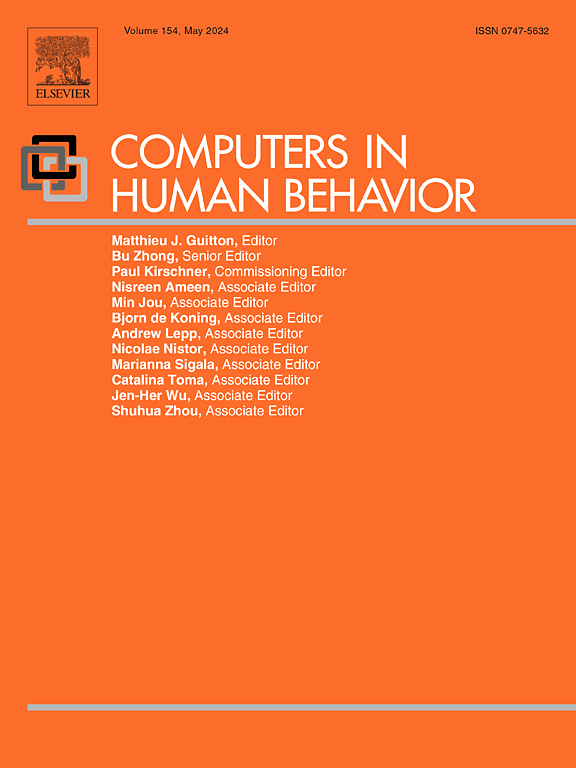在重大生活事件中,休眠的关系是如何通过社交媒体重新激活的
IF 9
1区 心理学
Q1 PSYCHOLOGY, EXPERIMENTAL
引用次数: 0
摘要
休眠关系构成了我们社交网络的很大一部分,携带着潜在但不活跃的社会资本。在社交媒体时代,在重大生活事件中重新激活休眠的关系变得更加方便,在不确定或紧急情况下提供重要的信息和情感支持。然而,关于哪些人更有可能重新激活休眠的关系,哪些类型的网络促进这种重新激活,以及这些关系在数字时代触发事件后如何演变,我们知之甚少。基于中国一个具有全国代表性的Z世代样本的社交媒体记录,该样本跨越整整三年,包括大约210万篇在线帖子和互动,我们展示了在重大生活事件中休眠关系重新激活的大规模证据。我们的研究结果表明,在生活转变或COVID-19大流行等事件中,休眠关系更有可能在网络的中心节点周围重新激活,进一步增强其中心性。然而,这种极化趋势在密度较高的网络中得到缓解,在密度较高的网络中,休眠关系的重新激活分布更均匀。此外,在触发事件之后,与重新激活的联系人的互动倾向于减少,但在社交媒体上至少保持六个月的活跃度。总的来说,这项研究加深了我们对社交媒体如何促进潜在社会资本在处理重大生活事件中的动员的理解。本文章由计算机程序翻译,如有差异,请以英文原文为准。
How dormant ties are reactivated through social media during major life events
Dormant ties comprise a significant portion of our social networks, carrying latent yet inactive social capital. In the era of social media, reactivating dormant ties becomes more convenient during major life events, offering crucial informational and emotional support in times of uncertainty or emergencies. However, little is known about who is more likely to reactivate dormant ties, which types of networks facilitate such reactivation, and how these ties evolve after trigger events in the digital age. Based on the social media records of a nationally representative sample of a Generation Z cohort in China spanning three whole years, which comprises approximately 2.1 million online posts and interactions, we show large-scale evidence on the reactivation of dormant ties during major life events. Our findings indicate that during life transitions or events such as the COVID-19 pandemic, dormant ties are more likely to be reactivated around central nodes in the network, further enhancing their centrality. However, this polarisation trend is mitigated in networks with higher density, where the reactivation of dormant ties is more evenly distributed. In addition, following trigger events, interactions with reactivated contacts tend to decline but remain active for at least six months on social media. Overall, this study deepens our understanding of how social media facilitates the mobilisation of latent social capital in navigating major life events.
求助全文
通过发布文献求助,成功后即可免费获取论文全文。
去求助
来源期刊

Computers in Human Behavior
Multiple-
CiteScore
19.10
自引率
4.00%
发文量
381
审稿时长
40 days
期刊介绍:
Computers in Human Behavior is a scholarly journal that explores the psychological aspects of computer use. It covers original theoretical works, research reports, literature reviews, and software and book reviews. The journal examines both the use of computers in psychology, psychiatry, and related fields, and the psychological impact of computer use on individuals, groups, and society. Articles discuss topics such as professional practice, training, research, human development, learning, cognition, personality, and social interactions. It focuses on human interactions with computers, considering the computer as a medium through which human behaviors are shaped and expressed. Professionals interested in the psychological aspects of computer use will find this journal valuable, even with limited knowledge of computers.
 求助内容:
求助内容: 应助结果提醒方式:
应助结果提醒方式:


